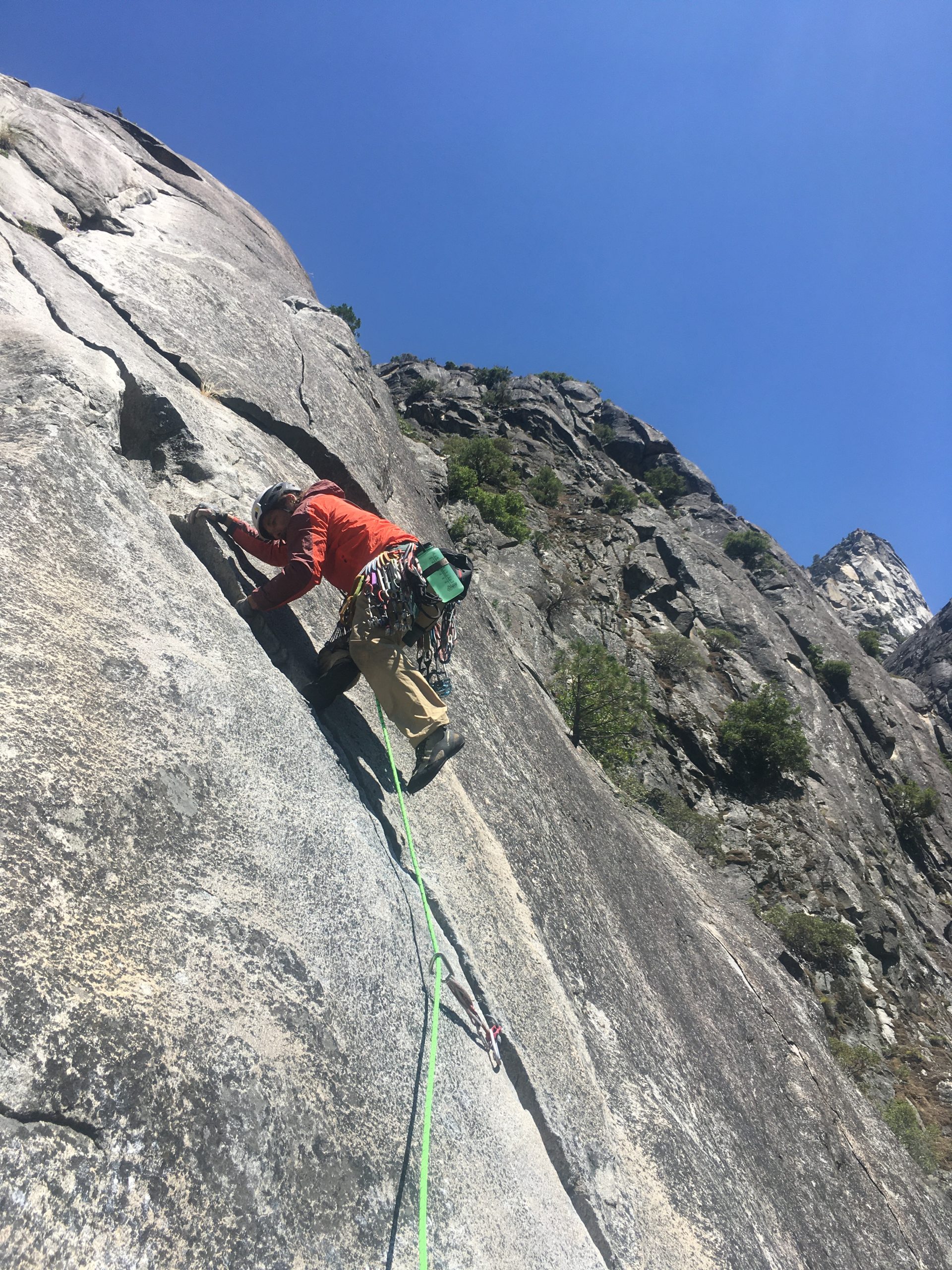Rock Climbing is a very popular activity in Colorado, and climbing injuries are a common reason people seek physical therapy in South Boulder. To better understand the demographics and risk factors that can result in a climbing injury, we’ve summarized some research with the relevant findings below!
Prevalence of Injuries:
- There were 4.2 injuries per 1000 hours of rock climbing (4.4 among adolescents). 93% of these injuries were overuse injuries.
Common Injuries:
- Finger Injuries
- 40% of chronic climbing injuries are finger injuries
- 67% of climbers had experienced a finger injury during the past 3 years
- Injuries involved annular pulleys, finger flexor tendons, lumbrical muscles, collateral ligaments, volar plates, and finger bones
- Head Injuries
- Helmet use was 20%
- Outdoor falls were leading cause of head injuries
- 2nd leading cause was falling objects
- Risks of rockfall include: Loose holds, freeze-thaw cycles, and belayer positioning
- At least 29% of traumatic climbing injuries were concussion, which is likely underreported
- Spine injuries
- Low back strain during belaying
- Falls
- Postural: Climber’s Back (thoracic kyphosis) and Belayer’s Neck (prolonged extension)
- Lower Extremity Injuries:
- Lower extremity fracture was the most common traumatic injury
- Knee injuries, particularly meniscus, occurred from common climbing moves including the high step, drop knee, and heel hook
- Upper Extremity Injuries:
- Most common shoulder injuries were labral tears and impingement of the rotator cuff
- Elbow epicondylitis (lateral and medial) is a common overuse injury of the elbow
Injuries per Climbing Type:
- Bouldering
- Highest incidence of injury
- Fingers/hands and ankles were most common injuries
- Most injuries occurred during falling, and the high load on the fingers resulted in finger injuries
- Bouldering injuries resulted in the highest ratio of hospitalizations longer than 5 days and required the highest intensity of treatment
- Sport Climbing
- High amount of overuse injuries of hand and fingers. More injuries occurred with single pitch vs multi pitch climbing.
- Trad Climbing
- Less frequent, but more severe injuries.
- Trad climbers tended to have more chronic ailments.
- Indoor Climbing
- Injuries required the least intense treatment
Who gets hurt:
- The climber most likely to be involved in a traumatic fall was non-hispanic male, with the average age of 37
- Among youth climbers, those who specialized in climbing after the age of 12 had a nearly 2x greater likelihood of injury compared with those who specialized at the age of 12 or younger
- Climbers who have climbed less than 6 years are at a greater increase in injury than those who have 6+ years of climbing
- The characteristics of sex, weight, age, or height did not have a significant impact on injury severity
- However, a higher BMI was associated with increased injury with sport lead climbing, possibly due to the load on ligaments
How to Prevent Climbing Injuries:
- Remember that there is a long adaptation process for ligaments and tendons, so consider progressive training to avoid risk of overloading
- Traumatic injuries were often preventable, so always double-check your systems, especially when rappelling
- Fingerboard training may prevent finger injuries if you have climbed for longer than 6 years
- Physical therapy may help with identifying muscle imbalances and the development of muscle strength and length important for climbing
If you are experiencing a rock climbing – related injury, you may benefit from individualized physical therapy with Dr. Sarah Burkhardt.
or email sarah@seatosummitpt.com with any questions!
References:
Kovářová M, Pyszko P, Kikalová K. Analyzing Injury Patterns in Climbing: A Comprehensive Study of Risk Factors. Sports (Basel). 2024;12(2):61. Published 2024 Feb 19. doi:10.3390/sports12020061
Yoon JH, Armstrong W, Philippopolous E, Dilworth N, Cheng I. Head Injuries in Rock Climbing: A Scoping Review. Wilderness Environ Med. 2022;33(4):479-487. doi:10.1016/j.wem.2022.07.001
Sjöman AE, Grønhaug G, Julin MV. A Finger in the Game: Sport-Specific Finger Strength Training and Onset of Injury. Wilderness Environ Med. 2023;34(4):435-441. doi:10.1016/j.wem.2023.06.004
Samara H, McCague A, Henken-Siefken A. Less Talk More Chalk: A Retrospective Review of Rock Climbing-Related Trauma. Cureus. 2024;16(5):e60033. Published 2024 May 10. doi:10.7759/cureus.60033
Chen DL, Meyers RN, Provance AJ, et al. Early Sport Specialization and Past Injury in Competitive Youth Rock Climbers. Wilderness Environ Med. 2022;33(2):179-186. doi:10.1016/j.wem.2022.03.002
Schoeffl V, Hochholzer T, Lightner S Jr. One Move Too Many: How to Understand the Injuries and Overuse Syndromes of Rock Climbing. 3rd ed. Sharp End Publishing; 2016.

